I once worked with a woman named Charlotte. In Charlottetown. I used to live in Peterborough, Ontario. Now I work, part of the year, up the hill from Peterborough, New Hampshire. In other words, I have considerable practice saying “Hi there, it’s Peter from Peterborough” on the phone.
I’ve written a lot in this space about the people and places of Peterborough, New Hampshire. But I’ve never taken any pictures. Until now.
Sitting in Twelve Pine, a café in downtown Peterborough, New Hampshire, eating fruit salad, a feta-spinach croissant, and drinking Honest Tea. Three WiFi networks to join:
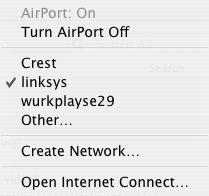
I watched the Nicole Kidman film Birth this evening at an out of the way cinema in an almost-empty mall in Manchester, NH.
The film is described as “A woman becomes convinced that a ten year old boy is the reincarnation of her dead husband.” There’s more to it than that — a plot twist or two — but it is as much a movie about Kidman’s performance, and that of Cameron Bright, as anything else, and both are very compelling.
I left feeling vaguely disturbed. But it was worthwhile.
I found today that (a) you can watch The National on C-SPAN 2 on cable and (b) you can listen to As It Happens on New Hampshire Public Radio.
 I decided it was time to turn my attention from the political to the heavenly this morning, so I started off my day with a return visit to the local radio telescope, part of the Very Long Baseline Array. I did a piece for Mainstreet on the array three years ago.
I decided it was time to turn my attention from the political to the heavenly this morning, so I started off my day with a return visit to the local radio telescope, part of the Very Long Baseline Array. I did a piece for Mainstreet on the array three years ago.
I took some photos this time. It’s quite a site to behold.
The audio of a radio interview with CBC Prince Edward Island Mainstreet host Matt Rainnie that aired this afternoon.
Note to Matt: “ruk” rhymes with “kook” not with “hook.”
Dublin, New Hampshire, is my part-time home here in the U.S.A. — I spend about 6 weeks out of every year here, and have for almost 10 years. Today I got to see Dublin go to vote.
Dublin Town Hall is the polling place for Dublin citizens: it’s a grand old building, constructed in 1881. It’s in the National Register of Historic Places. If you walk along the driveway on the eastern side, you go down the hill and around to the back, which is where the poll is located.
Section 659 of the New Hampshire Election Law says, in part:
No person who is a candidate for office or who is representing or working for a candidate shall distribute any campaign materials or perform any electioneering activities or any activity which affects the safety, welfare and rights of voters within a corridor 10 feet wide and extending a distance from the entrance door of the building as determined by the moderator where the election is being held.
As a result, you see a large gaggle of electioneers gathered across the driveway from the door to the poll. You can see it’s really quite close, nonetheless.
My favourite part of the trip across the road was the realization that by looking in the small windows along the bottom of the Town Hall, you could, in theory, see right into the election curtains. I fully suspect this to become the subject of a Supreme Court battle.
My interview with Matt Rainnie will air on CBC Prince Edward Island’s Mainstreet program this afternoon after the news around 4:05 p.m. Atlantic. You can listen live; I’ll snarf a recording and post here later.
From Budget Travel magazine comes a pointer to Megabus, which appears to do for buses what EasyJet does for air travel: “The sooner you reserve the lower the price.” The magazine quotes fares as low as $3 for the London to Glasgow run.
I also grabbed some screen shots of news websites this Election Day morning. For posterity.
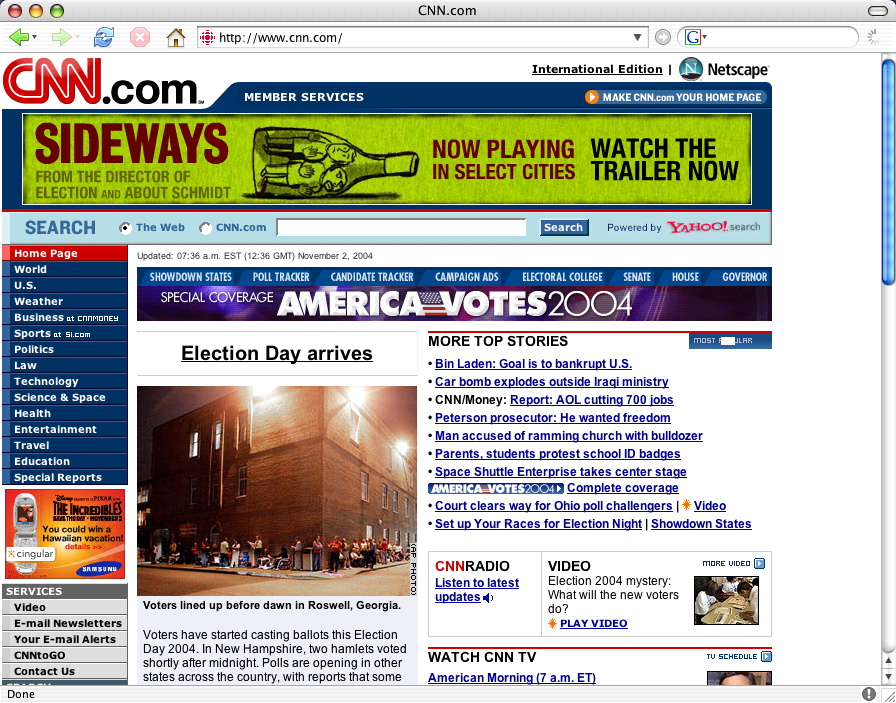
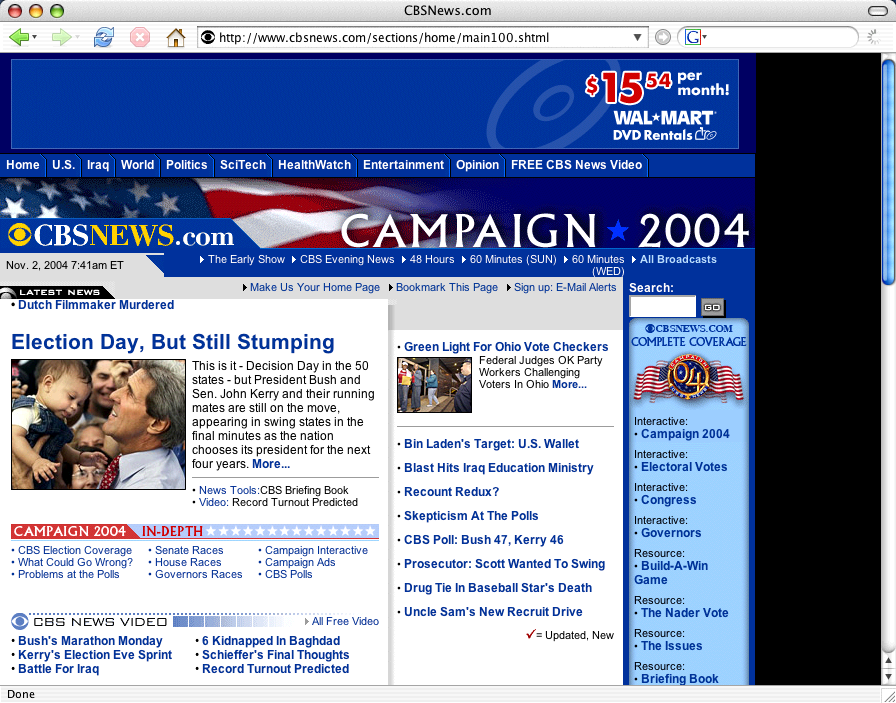
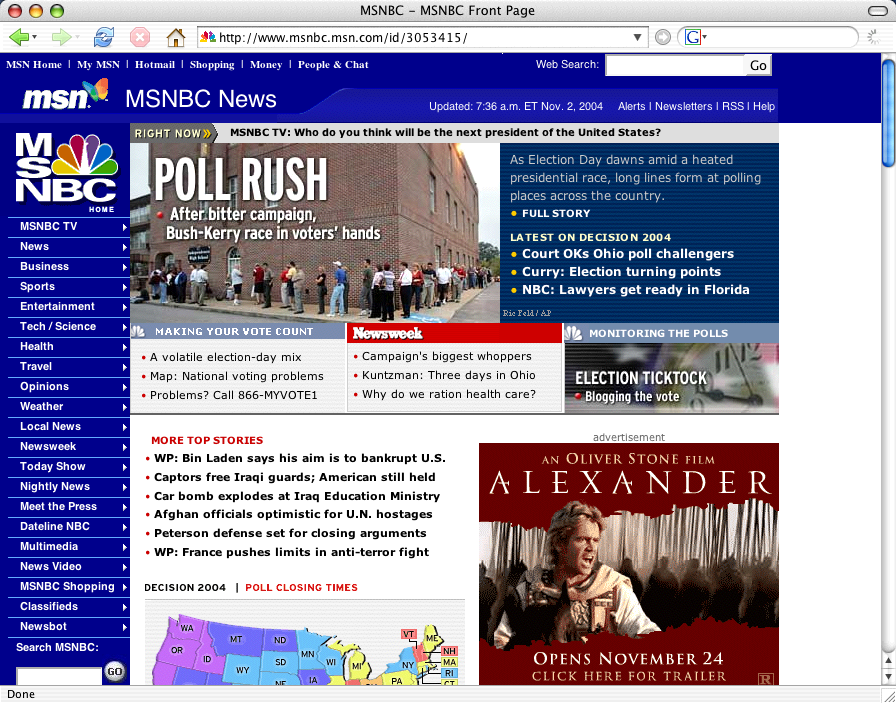
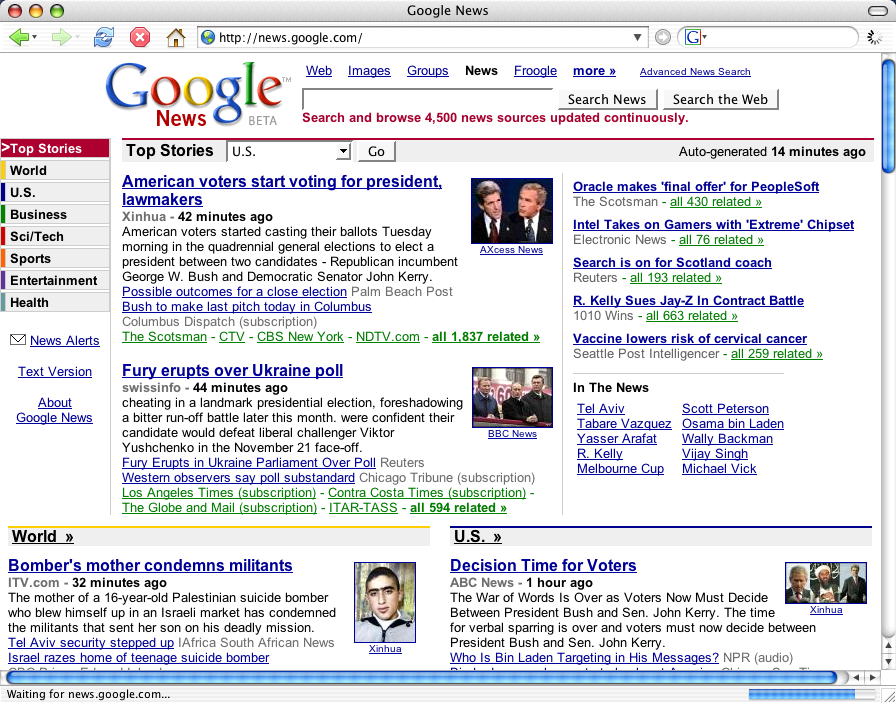

 I am
I am